Even the smartest, most trainable dogs can get confused when given commands in busy or vocally active areas. This is why people train their pups to obey dog commands in Mandarin Chinese.
Here are 10 of the most popular dog commands in Chinese, with pronunciation and a brief description of why it’s a good idea to train these particular commands into your dog or Gǒu ( 狗 ) in the Chinese language as soon as possible.
1. “Sit” – Zuò ( 坐 )
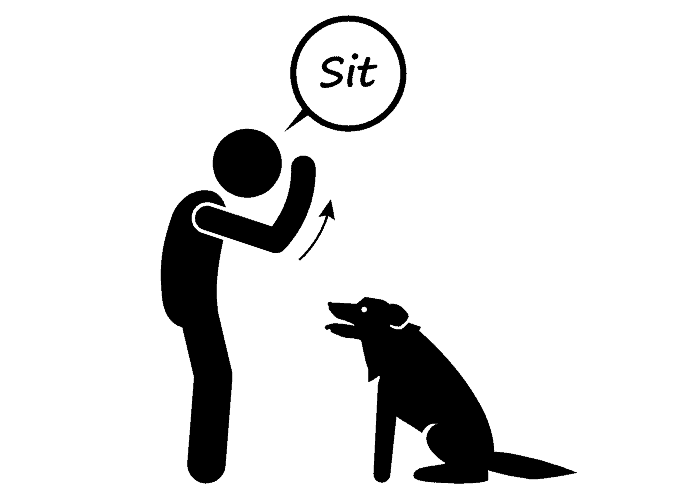
Teaching your dog to “sit” is a great early command for any pup. Sitting helps the dog to focus on a corresponding command and is a great tool to help control the dog when it gets older.
An example would be for the dog to sit on command when someone enters the house rather than the dog rambunctiously investigating or jumping up on people.
2. “Stay” – Tíngliú ( 停留 )
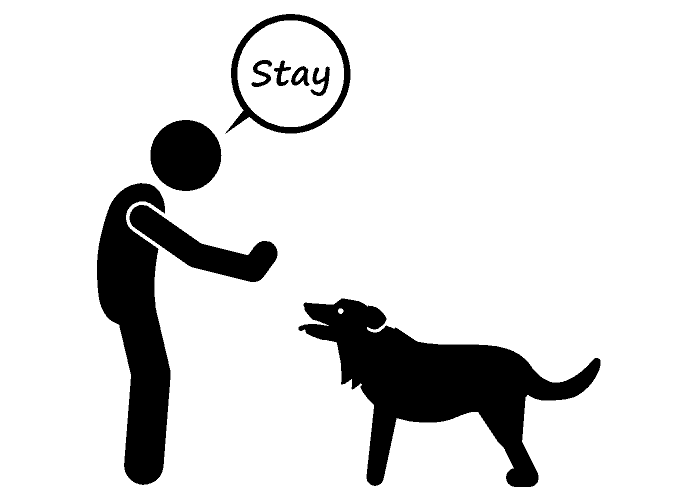
Remember that corresponding command brought up when talking about sitting? Here’s a great one! Teaching your dog to “stay” will help an owner and the dog out in the long run, time and time again.
Back to the example of someone entering the house or being at the door. You’ve taught your dog to sit, then told it to stay. After training, it should stay put until told to come and greet the person who just entered the house.
3. “Fetch” – Ná lái ( 拿来 )
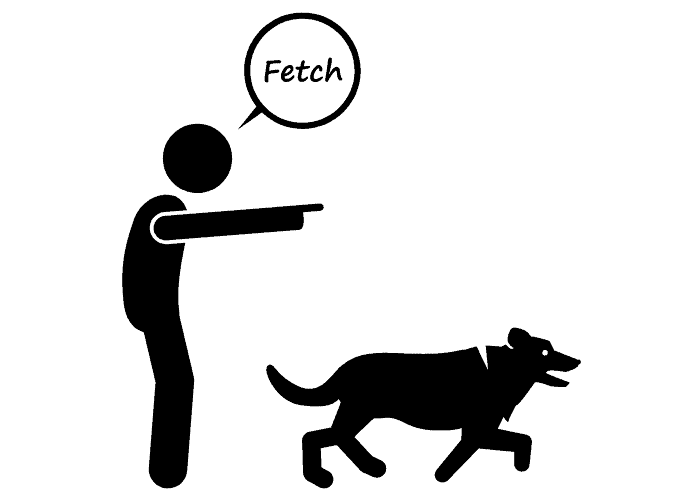
The “fetch” command is often associated with play, as most dogs love to fetch things- well, at least chase things…
A dog taught to fetch can do all kinds of things depending on how smart the dog is and how able it is to resist chewing items it’s fetching! Dogs have been taught to fetch stereotypical things: remotes, newspapers, slippers, etc… Whatever they can reach and chooses not to eat.
4. “Heel” – Jiǎogēn ( 脚跟 )
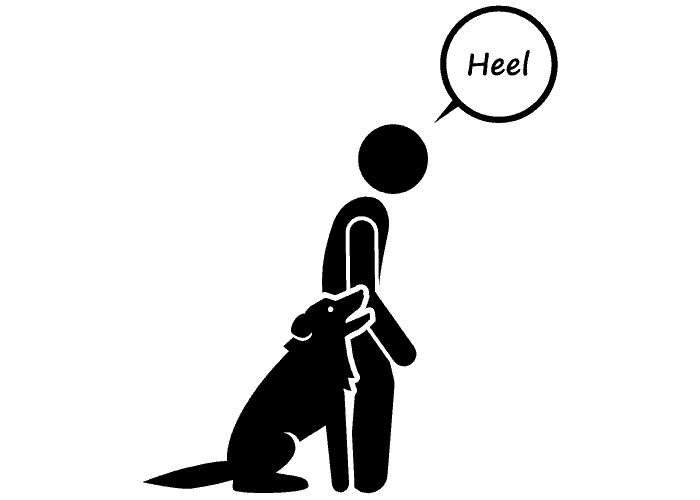
The “heel” command is useful whether standing still with your dog or out walking your dog. Teaching your dog to heel is teaching it to get immediately by your side and stay still or in motion.
For example, when walking your dog past an unruly, lesser, trained dog going crazy at the end of its leash, you’d want it to heel and stick close to you as you both pass the other dog.
5. “Stop” – Tíngzhǐ ( 停止 )
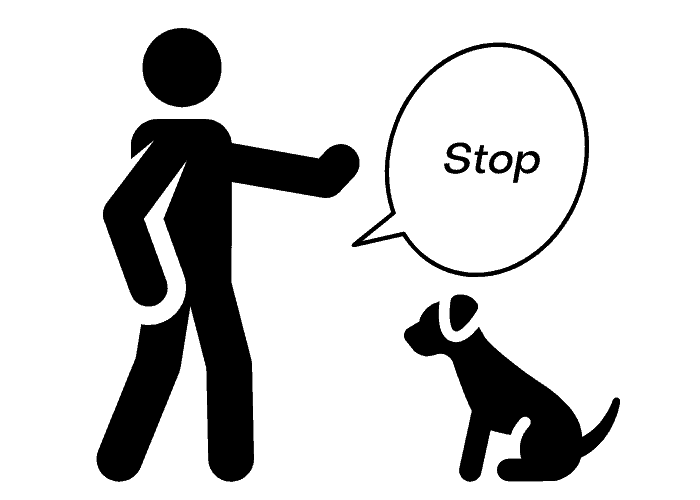
The “stop” command will be forever useful—the reason why is simple and is summed up via the following example.
You’re outside playing ball with the dog and toss the ball with some power to get the dog to stretch its legs a little. The dog gives chase, but it bounces off something and heads into a busy road.
In this example, the stop command could save the dog’s life, and I’m sure it wouldn’t take long to think of a few of the countless situations where one would want to use this command.
6. “No” – Bù ( 不 )
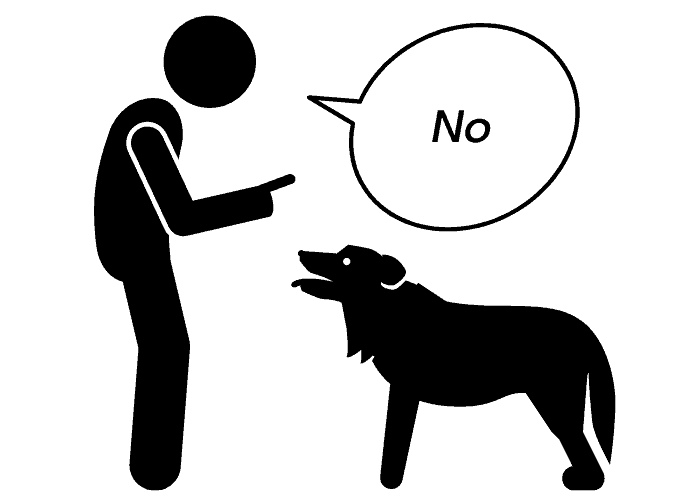
Even well-behaved Chinese dogs or other breeds need to know what “no” means. A dog that knows and obeys the no command makes an owner’s life much easier as the years go by.
As owners will testify, teaching a dog what not to do is often just as frequent as teaching dogs what you want them to do. The word “no” in English and Chinese is a quick, sharp single-syllable rebuke that is easy for a dog to learn.
7. “Come” – Lái ( 来 )
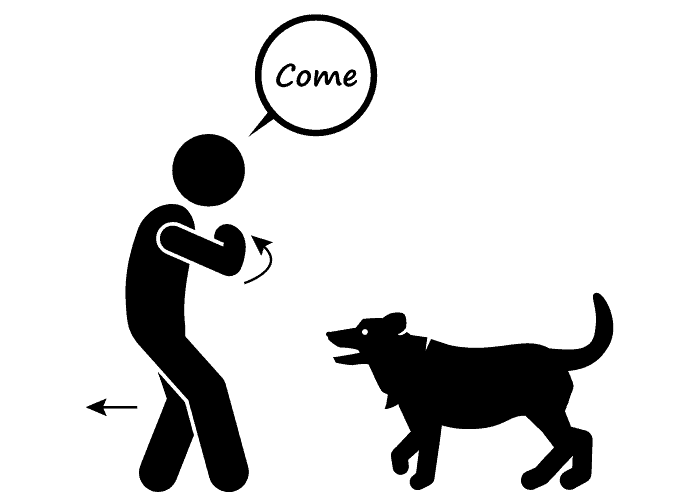
The “come” command helps an owner to navigate places with their dog. If you’re out walking a trail, and the dog gets preoccupied with something for too long, “come” will tell the dog to come to you, helping you to keep an eye on it.
Or, when someone’s at the door, and the dog is vigilantly standing on the other side, you may want to stand back and tell it to come (then to sit and stay) to give you room to deal with whoever’s at the door.
8. “Lay Down” – Tǎng xià ( 躺下 )
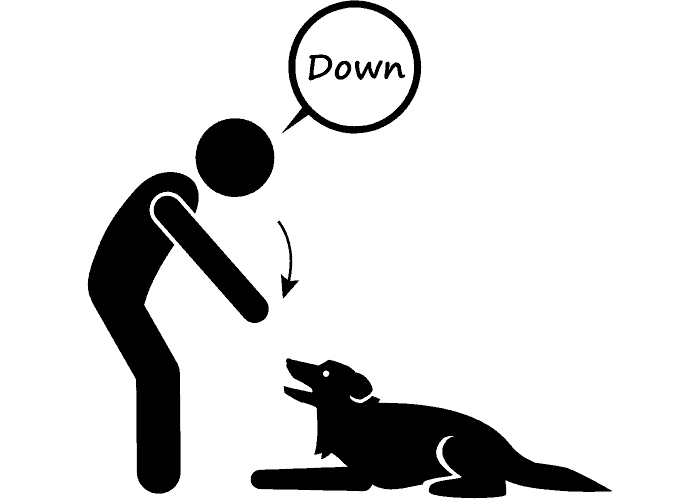
Teaching your dog to “lay down” is important, too, if for no other reason make life a little easier for the owner. When it’s dinner time, and the dog is hassling people at the table for charitable bites of human food, it’s time to tell it to “go lay down.”
With any luck, it will stroll off to its favorite lounging area.
9. “Easy” – Jiǎndān de ( 简单的 )
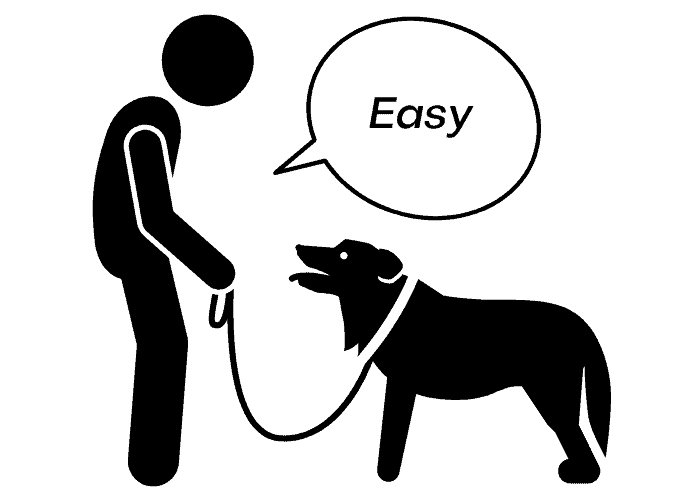
Teaching your dog to be “easy” is particularly important for adolescent dogs. If you want to give your dog a treat by hand, you don’t want it to try to snatch the treat aggressively.
You would teach your dog to be “easy” and gently grab the treat from your hand. There are several other situations where this would be useful as well.
10. “Quiet” – Ānjìng de ( 安静的 )
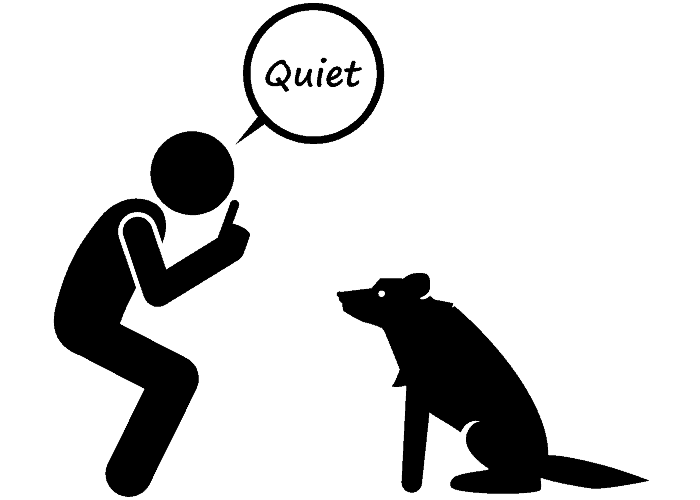
“Quiet” commands are probably the most instinctive for owners who live in apartments, condos, or townhouses. Nobody wants to be the owner of “that” dog who doesn’t shut up all day and all night.
When done correctly through training, a dog will learn what to bark at and remain quiet about. It might take time, but eventually, the dog will learn that not every noise is an enemy coming to cause havoc.
Final Thoughts

Chinese dog commands sound much different than their translated words in English and will be less likely to confuse the dog.
Also, owners who train the dog commands in Chinese or any other language than their own don’t have to deal with other people being able to command their dog.
Not that you don’t want others to be able to interact with the dog, but if it came down to obeying you or a stranger, I’m sure you’d rather it obey your commands rather than someone else’s.
There is one tip I’d like to give to dog owners who own older (already trained) dogs but have decided to try and re-train their dog commands in a different language. It is a method that will help to convert your dog’s mindset to the commands in the desired language.
First and most obvious- learn the words yourself. Become comfortable saying and using them.
Second- begin every command with the Chinese word (or whatever language you’ve chosen), followed by the command in English. For example, when you want the dog to sit, you’d say, “Zuò, Sit!”
It will take time, but getting into the practice of commanding your dog this way will help it to associate the Chinese word with the English command. Over time, you can start omitting the English portion of the command, leaving it only to obey the dog commands in Chinese.
Related Questions:
1. How do you say “good dog” in Chinese?
“Good dog” is Hǎo gǒu ( 好狗 ) in Chinese. Check Out the pronunciation below.

